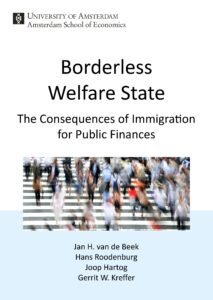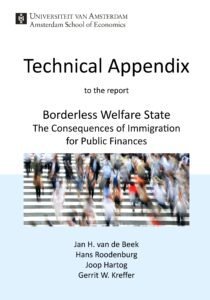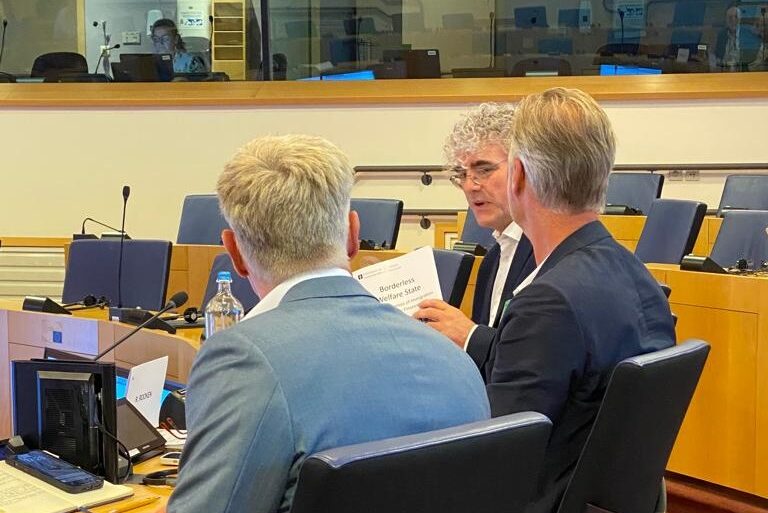The borderless welfare state
The Netherlands has a comprehensive welfare state. A welfare state is based on the insurance principle. It revolves around mutual solidarity within a group of people, in this case residents of a country. Such a system must have limits. Not too many immigrants can come in and use more welfare than they contribute to it. In the words of Milton Friedman, “You cannot simultaneously have free immigration and a welfare state“.
In the Netherlands, however, it seems increasingly likely that we “simultaneously have free immigration and a welfare state”. In fact, over the past 10 years, the Netherlands has had a higher migration balance as a percentage of population than a classic immigration country like the United States. We have something that cannot last: a “borderless welfare state”.
Costs and benefits of immigration
The report Borderless Welfare State calculates the net costs and benefits of immigration. This is done on the basis of very detailed anonymised personal data of all 17+ million residents of the Netherlands. The report distinguishes by region of origin and immigration motive (labour, study, asylum and family migration). It also looks at the role of school performance and education level.
The analyses reveal a staggering picture. A few migrant groups contribute substantially to the Dutch treasury, but on average immigration costs the treasury a lot of money in net terms. Asylum migration in particular costs a huge amount of money, but so do family migration and even some forms of study and labour migration.
Reversed welfare magnet
Current immigration is undermining the Dutch welfare state. That welfare state turns out to be an ‘inverted welfare magnet’ to which poorly integrating immigrants in particular are ‘stuck’, while well-performing immigrants, on the contrary, often leave the Netherlands quickly. If policy remains unchanged, the welfare state will gradually collapse under the pressure of mounting costs.
Integration and cultural distance
This is about more than just money. Large net costs mean poor integration in many areas such as work, income, benefits, healthcare, education, youth problems and crime. These integration problems prove intractable, into the second and even third generation, especially among groups with a large cultural distance from the Netherlands.
Repatriation of migration policy
At the heart of the problem is that international treaties mean the Netherlands can hardly select immigrants on knowledge and skills. Asylum law and European treaties prevent this. Therefore, many low-potential immigrants come to the Netherlands, many as uninvited asylum seekers. The solution is ‘repatriation of migration policy’ from the European Union to the member states. Then the Netherlands can again select at the border. The key to that solution lies in the European Union.
The authors
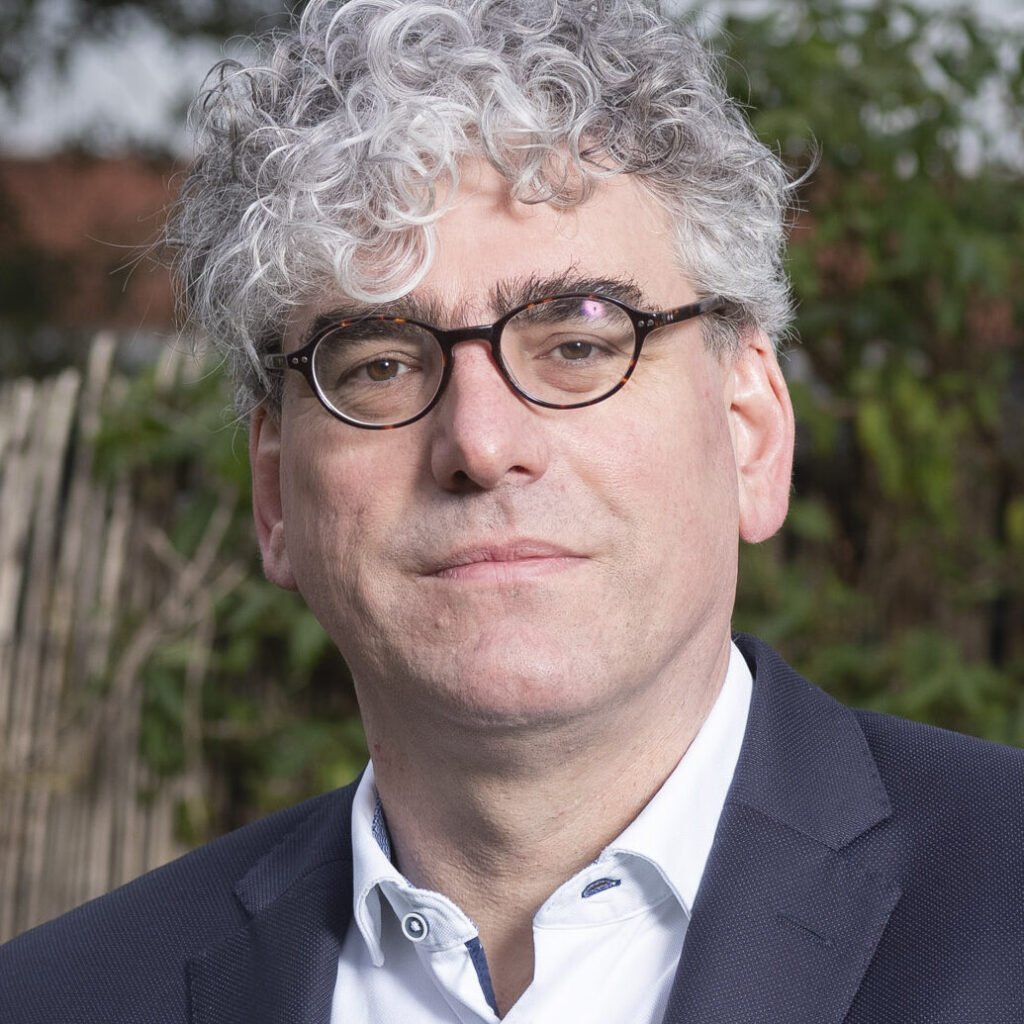
Dr. J. H. van de Beek

Dr. J. H. van de Beek
Jan van de Beek (1968) studied mathematics and computer science at Utrecht University, as well as cultural anthropology at University of Amsterdam. He obtained his PhD at the latter university for research into migration economics. He manages a website (demo-demo.nl) and a twitter account (@demo_demo_nl) where he regularly writes about his research into the demographic and economic effects of immigration. He works as a freelance teacher of mathematics, statistics, research methods and economics at various higher education institutions.

Drs. H. Roodenburg

Drs. H. Roodenburg
Hans Roodenburg (1943) studied economics in Rotterdam and worked for, among others, the CPB Netherlands Bureau for Economic Policy Analysis. There he led research into the economic consequences of immigration and was first author of the resulting CPB study Immigration and the Dutch Economy (2003). He has also published works on this theme in the Dutch media and in international scientific journals (see hansroodenburg.com).

Dr. J. Hartog

Dr. J. Hartog
Joop Hartog (1946) is emeritus professor of economics at the University of Amsterdam, where he was appointed in 1981. Since his retirement, he has had a guest appointment. He studied in Rotterdam and Canada and has many national and international publications on education and the labour market to his name. He also wrote columns for Dutch newspapers for 15 years. He was a member of various government advisory committees, including the Council of Economic Advisers. He has been visiting professor in many places, including Stanford, the World Bank, Peking University and Harvard. In 2001 he was appointed member of the Royal Netherlands Academy of Arts and Sciences.
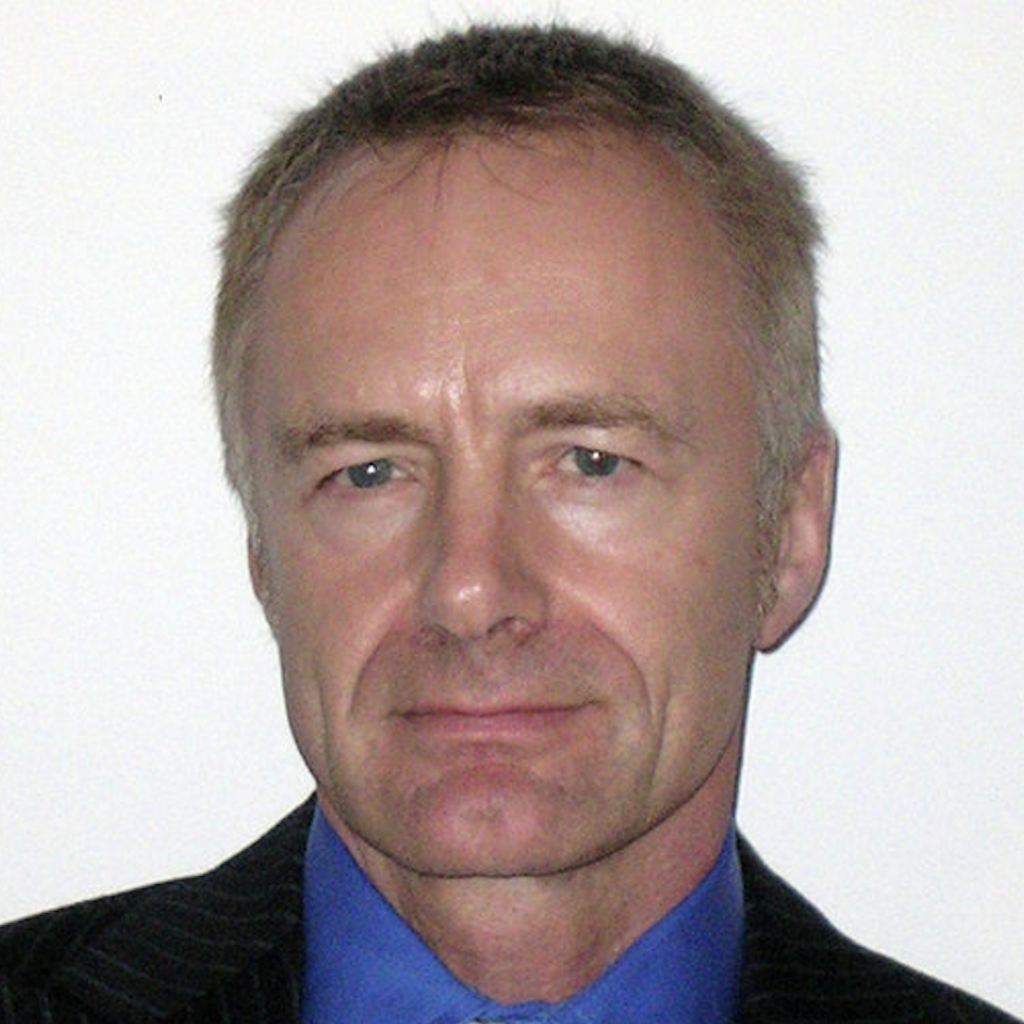
Drs. G. W. Kreffer

Drs. G. W. Kreffer
Gerrit Kreffer (1951) is a sociologist (Leiden University) and Master of Public Administration (The Netherlands School of Public Administration). He has advised three ministries and the Municipality of The Hague on labour market and personnel policy. He led the 1000-job plan for ethnic minorities (EMO plan) and introduced the Knowledge base public administration (kennisopenbaarbestuur.nl). He was on the editorial board of the Tijdschrift voor HRM (Dutch-language journal of Human Resource Management) and the program committee of the Management Studies Foundation. He recently completed a double master’s degree in Population Studies in Barcelona and Groningen, and is now conducting research in this field.
Latest news
Interview De Nieuwe Wereld
Dutch politicians consciously ignore the tax costs of immigration.

